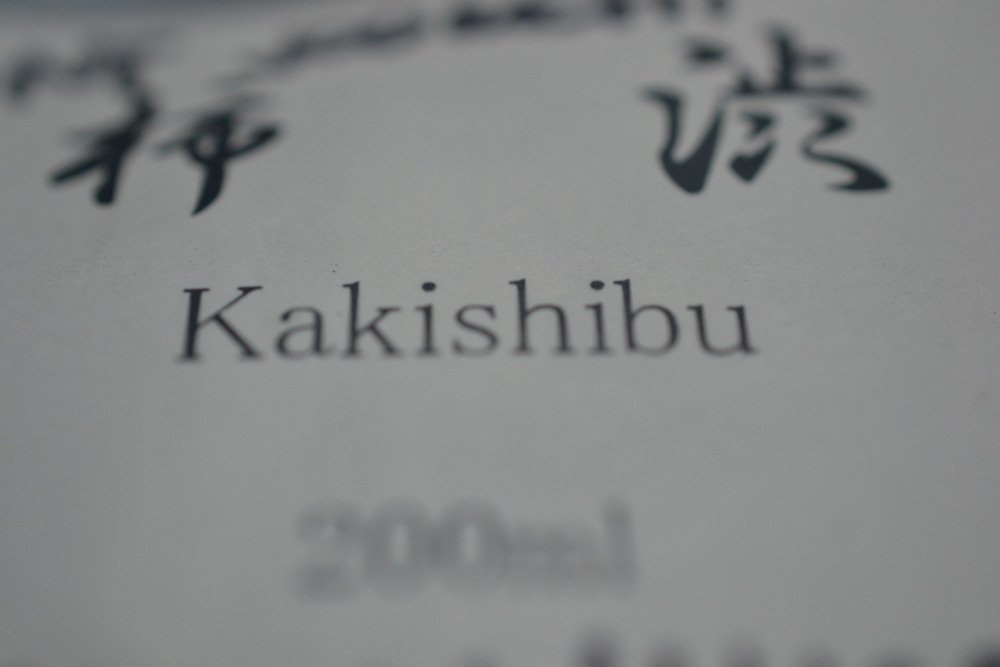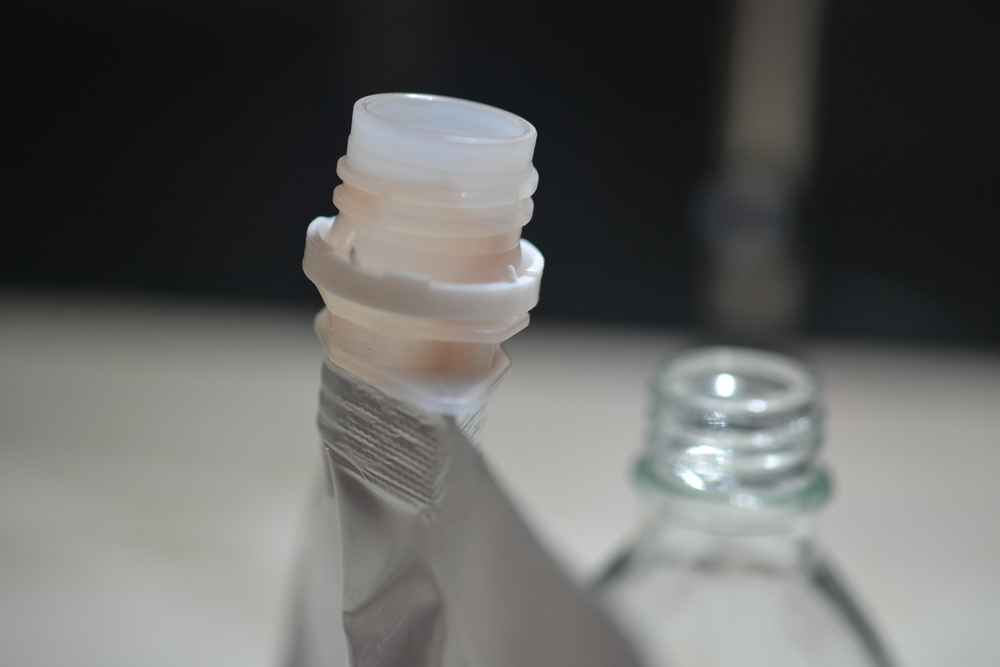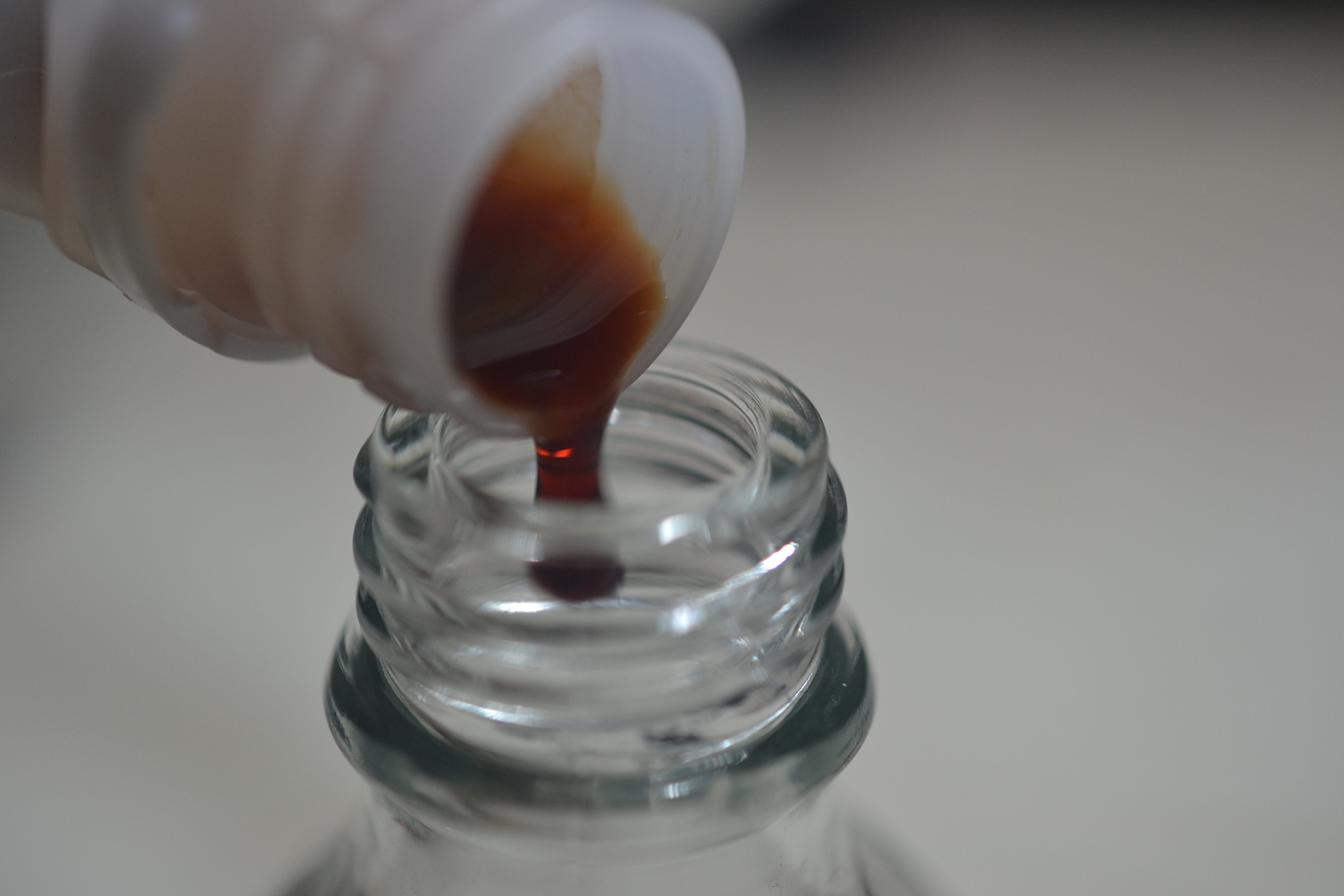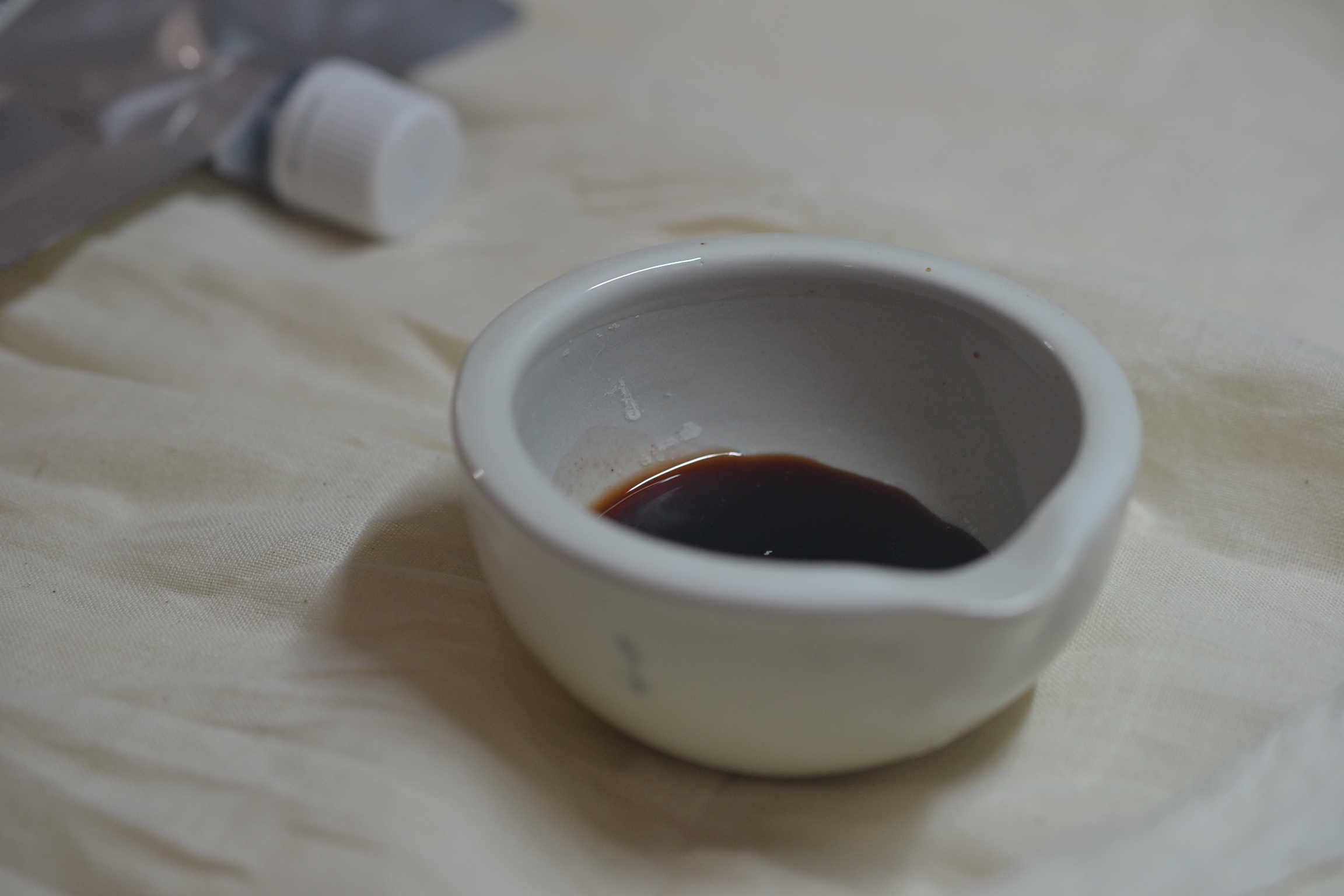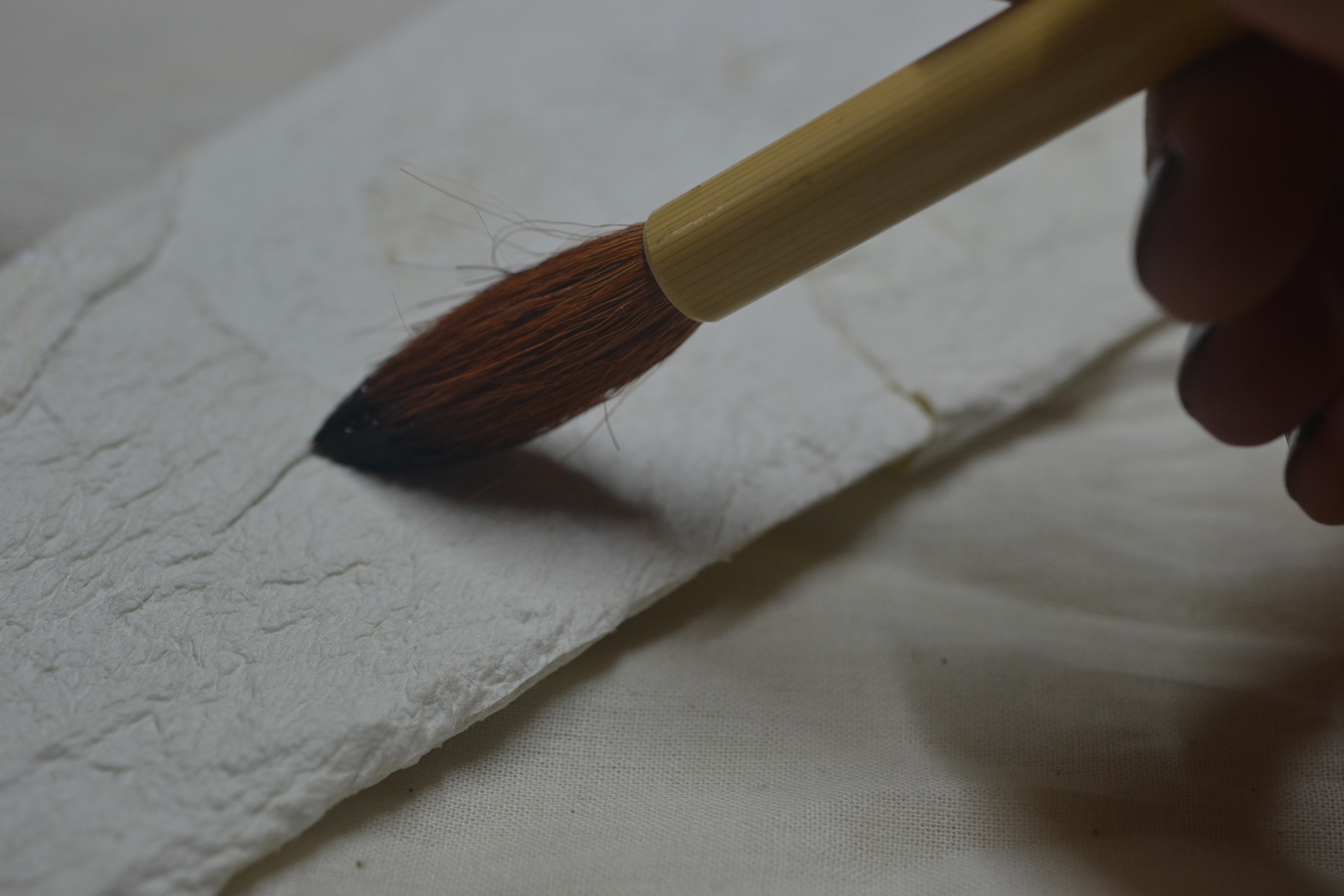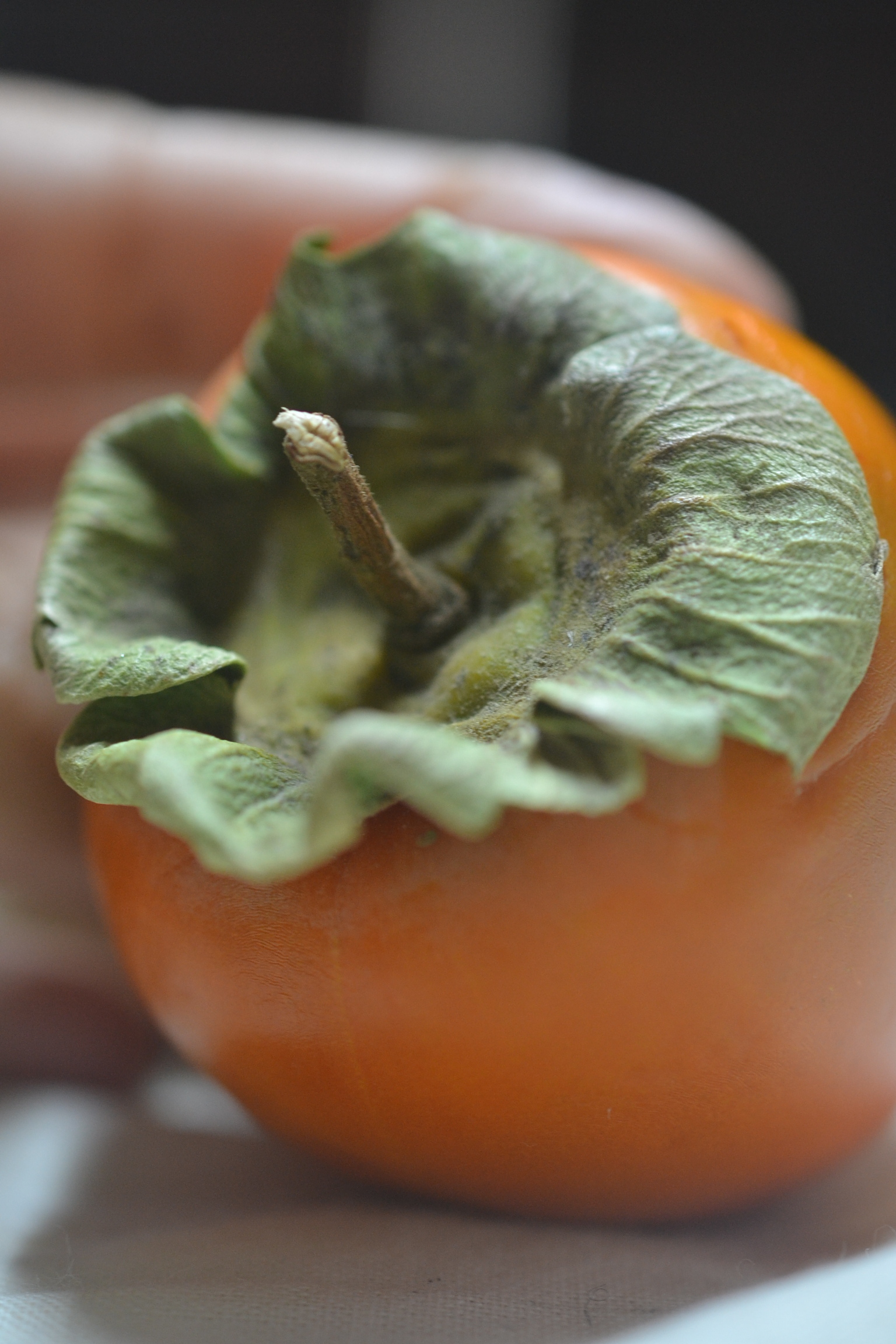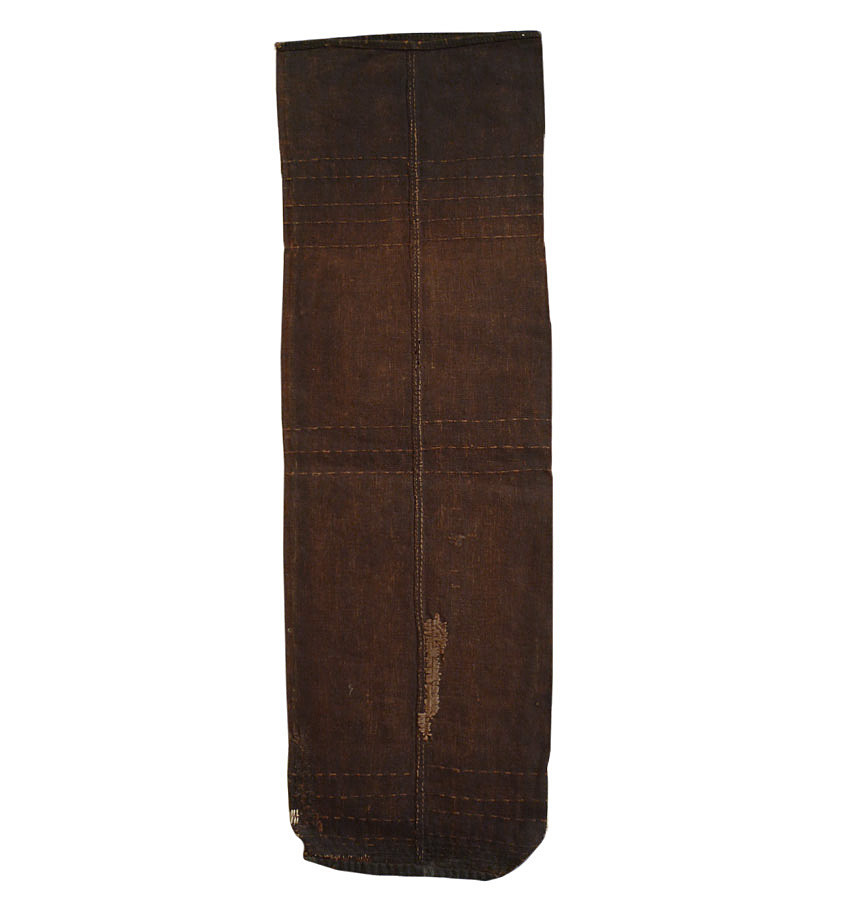Joomchi
I've practiced joomchi for over a year now. It's a Korean fabric making technique using hanji --the fibrous inner bark of the mulberry tree. The final result of joomchi's long, hand-agitating process is much like leather. It can be molded into almost any shape and the texture is sensational.
I was trained by artist Jiyoung Chung who is a RISD alum and also teaches there. Jiyoung introduced me to Kaki-Shibu, the green persimmon juice that is used to waterproof and insect-proof joomchi. The thin, caramel-colored liquid has preserved jackets, satchels, umbrellas and containers for centuries. It's also been a common natural building material in Korea for the better part of a thousand years. It is still manufactured by a few companies for traditional builders.
Since I'm actively working on the "Food Peripheries" project, I've included kaki-shibu on the master list - a list that is part material science, part economic botany, and part foodways.
The Periphery of Persimmons
Cultivated from the wild species Diospyros roxburghii, D. kaki is indigenous to East Asia and has been grown in China and Japan for centuries. We primarily eat two D. kaki cultivars - the jewel-toned, Fuya, which can be eaten while firm (and tastes like sticky toffee pudding) and the heart-shaped, date and melon-flavored Hachiya, which must be eaten mushy-soft to avoid an unforgettably astringent, desiccating, tongue-furring experience. It's this fruit's unripe, tannin-rich pulp and leaves that are put to industrial use preventing "the growth of bacteria.... When crushed and their juices fermented, [the pulp produces] kaki-shibu. a liquid used to waterproof, insect proof, strengthen and dye paper.” - via
The unripe persimmons used to make kaki-shibu go through a milling process similar to that of wine grapes. And, like balsamic vinegar or wine, it takes years for kaki-shibu to age once it is milled. Interestingly, during the fermentation process butyric acid builds up imparting a characteristic smell that you'll recognize in Parmesan cheese and some goat and sheep milk products though the butyric acid smell is most pronounced in human vomit. Thankfully there are manufacturing secrets that defuse the stink so the tidy silver packets of kaki-shibu for sale are, mercifully, odorless.
